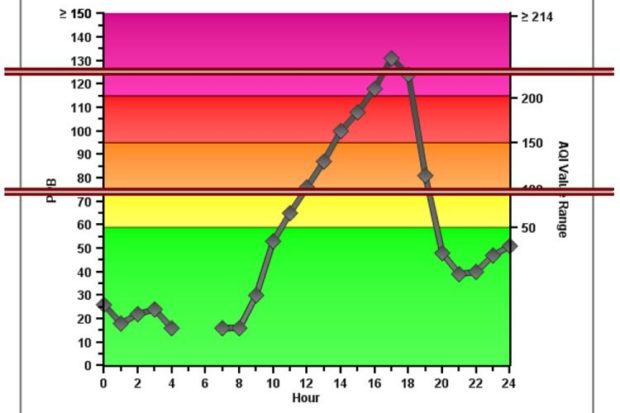

By Kevin Hall
Health advocates with the Central Valley Air Quality Coalition (CVAQ) responded critically last month to the San Joaquin Valley Air Board’s announcement of its second year of the agency’s near-useless “Air Alerts” for high smog levels. In a classic instance of too little too late, they kicked off the program with a media event on the third Friday of August, more than four months into the smog season and almost 100 days since the season’s first truly unhealthy air day.
True to form, the Valley Air Board’s official announcement was misleading and misguided from the beginning, starting with its press release titled “Annual program calls for action to keep ozone levels low.” Hardly.
Rather than issue public health alerts when people are at risk, the air board announced its intention to wait until smog is at more than 200 on the Air Quality Index (AQI). We’re well into the purple zone by then, which is more than double the level at which human health is harmed. There’s nothing low about these levels. They are dangerously high. CVAQ members’ response has been a call for air alerts at the orange level or 100 AQI. You know, when people’s health is actually hurt. What a concept. (See the accompanying chart.)
In truth, the air board is simply trying to shave the tip off the iceberg and ignore the enormity of the problem. You see, there is an old federal standard for ozone based on the worst hour only. The Valley was supposed to have eliminated those worst peaks 13 years ago. They have not, and as a result $29 million in federal fines kicked in last year.
But the bulk of the problem lies in the vast majority of hours and days during which smog is at dangerous levels. As of mid-August, the Valley had already surpassed the more accurate health safety level of 100 AQI on a total of 68 days so far this year. The northern Valley should have had at least 25 safety alerts issued thus far this summer, the central San Joaquin Valley more than 30 and the southern Valley more than 50. Even the inaccurate, ultra-high level used by the Valley Air Board already has been surpassed this year on June 1, July 12, Aug. 10 and Aug. 11.
So, driven by dollars and not by adequate concern for people’s health, the board is focused primarily on ending the fines, and our children are paying the price, and our seniors, and people with asthma, and people with cardiovascular conditions, and people who work outside. In short, everyone is paying the price with their lives.
*****
Kevin Hall is director of the Central Valley Air Quality Coalition based in Fresno and online at www.calcleanair.org and on Facebook. Contact him at kevin@calcleanair.org.
